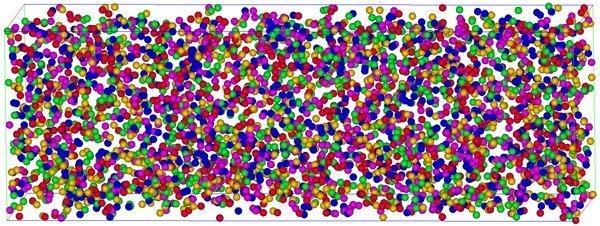In order to explore the possibility of using high entropy alloys (HEAs) for functional applications such as magnetic refrigeration it is necessary to have an in-depth understanding of their magnetic properties. The main goal of this project is to understand and improve the magnetic properties (e.g., saturation magnetization, Curie temperature etc.) in different medium and HEAs.


